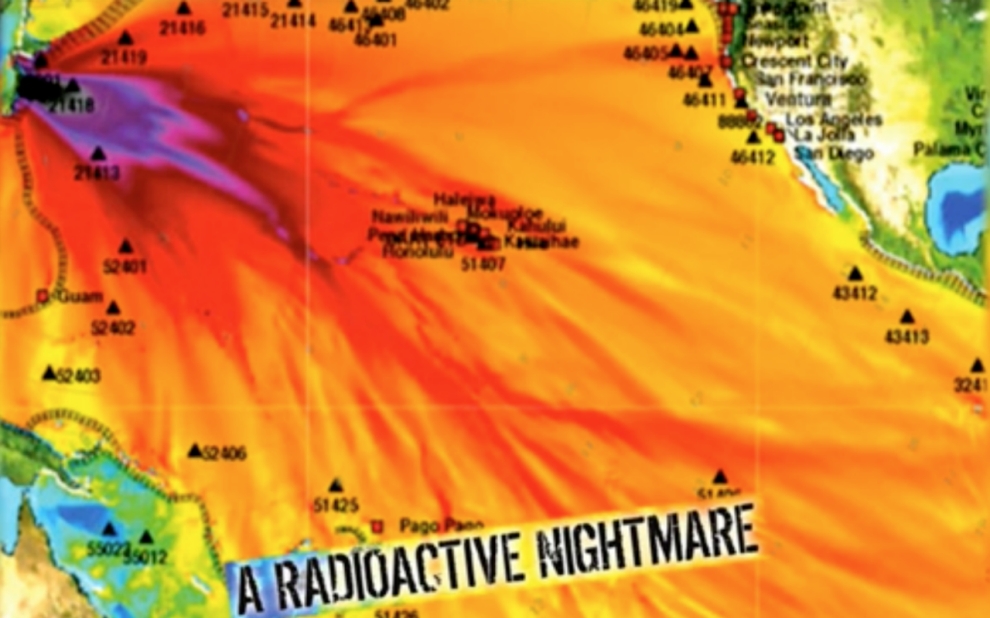Learn more about our four-part investigative series on Fukushima's ongoing fallout.
At the Fukushima Daiichi plant, the Tokyo Electric Power Co., or TEPCO, is struggling to contain the ongoing nuclear disaster. Since the catastrophe almost three years ago, there has been disagreement about whether the plant is safe.
The official line from the Japanese government is that the situation is under control.
“The government is moving to the forefront and we will completely resolve the matter,” said Prime Minister Shinzo Abe in September, just before Tokyo was awarded the 2020 Summer Olympics.
But others, such as then–Tokyo Gov. Naoki Inose, have said the situation is “not necessarily under control.”
“The government must acknowledge this as a national problem so that we can head toward a real solution,” said Inose, in response to Abe’s comments.
“America Tonight” traveled to Fukushima to find out whether the world still needs to be worried.








